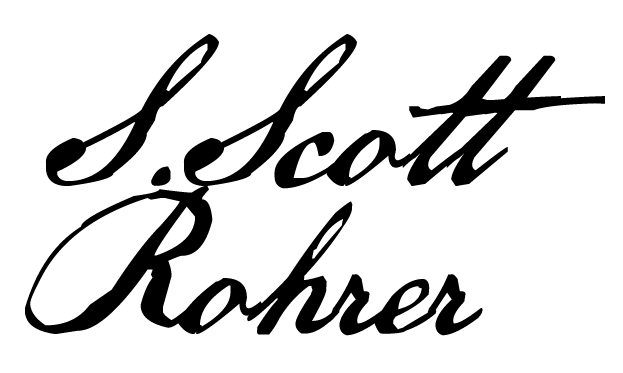An Unruly Kingdom: Religion and Revolution
in the British Atlantic World
An Unruly Kingdom will compare and contrast three periods over three centuries in an effort to understand the ways that British religious policy spurred rebellion in four English kingdoms. When the lens is widened from a narrow focus on religion and the American Revolution, several things become clear. One is the central irony of British religious history: Fearing dissent and wanting to build a harmonious, hierarchical society, the Crown and the Church of England sought to establish conformity in religious practices by creating a strong, and inclusive, state church. But their attempts to impose uniformity produced just the opposite. In the first two periods, the drive for conformity led to a backlash and to dissenter attacks on church and state. The low point came in the 1640s, when royalist and parliamentary forces fought a civil war resulting in the executions of King Charles I and Archbishop William Laud; the abolition of episcopacy and monarchy; and the creation of a protectorate under Oliver Cromwell.
The disastrous religious history of the sixteenth and seventeenth centuries traumatized the British government and made it determined to keep religion out of politics in the eighteenth. And this fact underscores a second important point of An Unruly Kingdom. The American colonists were notoriously suspicious of British intentions. In every act from London they feared a plot to deprive them of their liberties. Religion played a big role in fueling this paranoia, as can be seen by the Americans’ reaction to the English Church’s seemingly benign attempts to bring a bishop to American shores. Advocates of episcopacy portrayed the bishop’s cause in terms of efficiency—a bishop was needed in America so the church could function more effectively. A bishop residing in the colonies would ordain clergy and instill discipline in the laity and clergy. However, Americans in the northern colonies saw things differently. Bishops represented the Crown; they represented order and hierarchy. Most of all, these Americans saw bishops as symbols of a British society that valued conformity, frowned on dissent, and feared democracy.
An Unruly Kingdom will be divided into three sections: “The Tumult of the Tudors” (covering 1530-1604); “Uncivil Wars in Stuart and Williamite England” (covering 1620-1700); and “The Crisis in America” (covering 1703-1776). Each chapter will be a carefully constructed case study of one individual or group, whose story will be used as entrée into the larger events of the times. That is, through these short bios, each chapter will illuminate the book’s central theme (how the drive for conformity and harmony led to conflict and, ultimately, rebellion) and the pivotal theological issues of the day.

